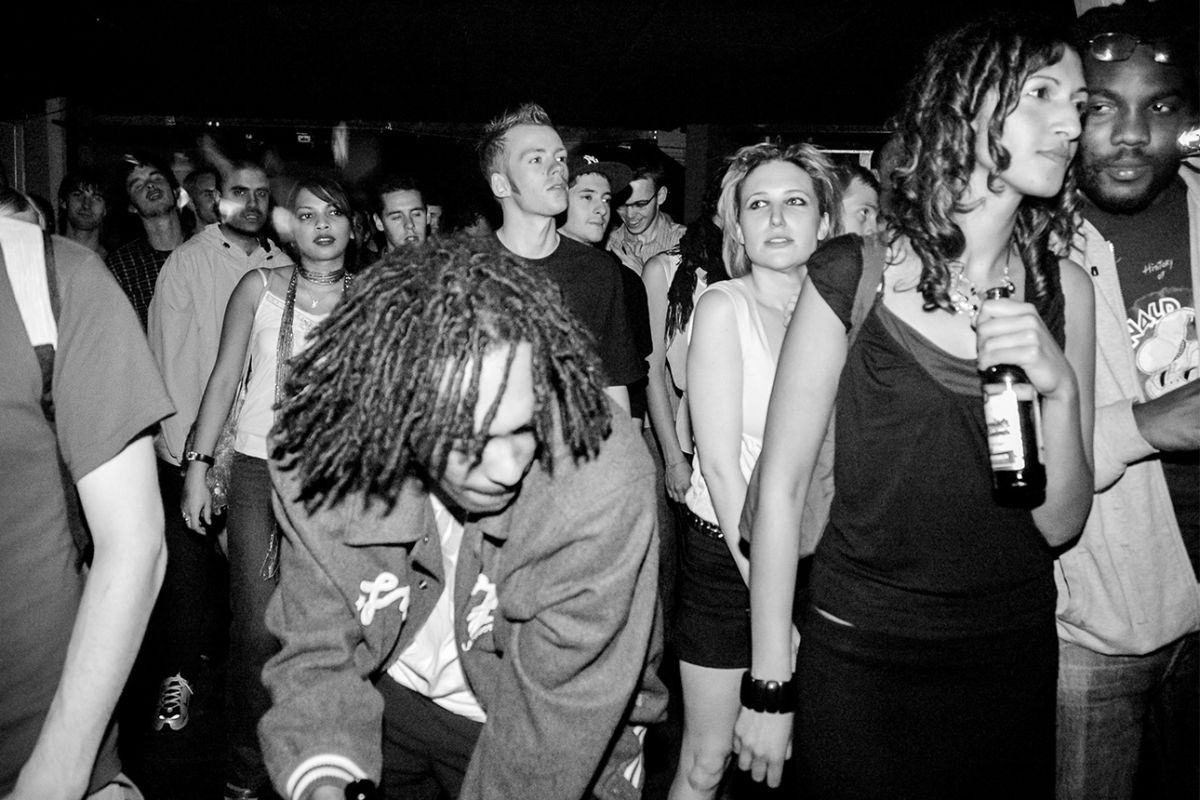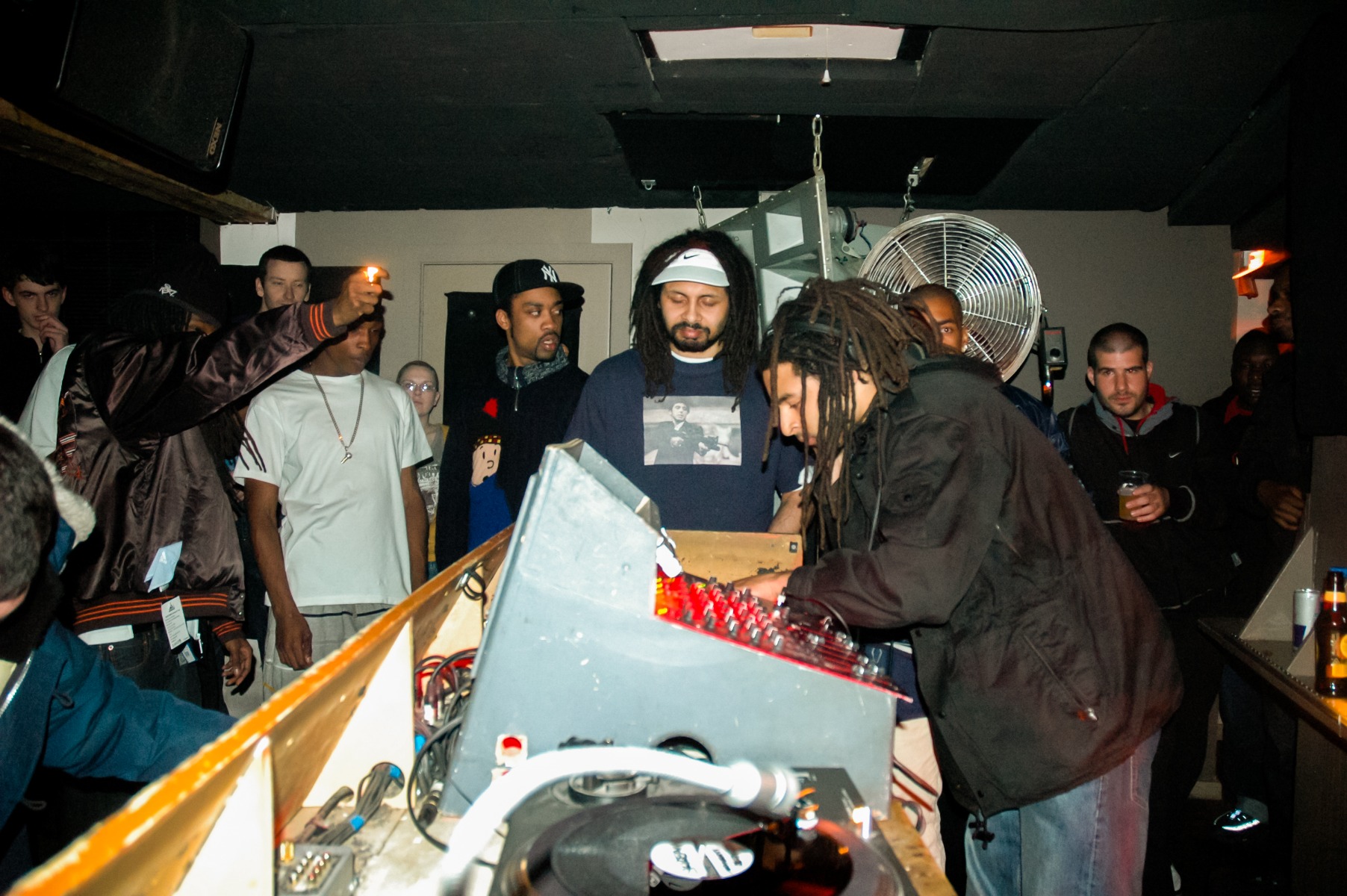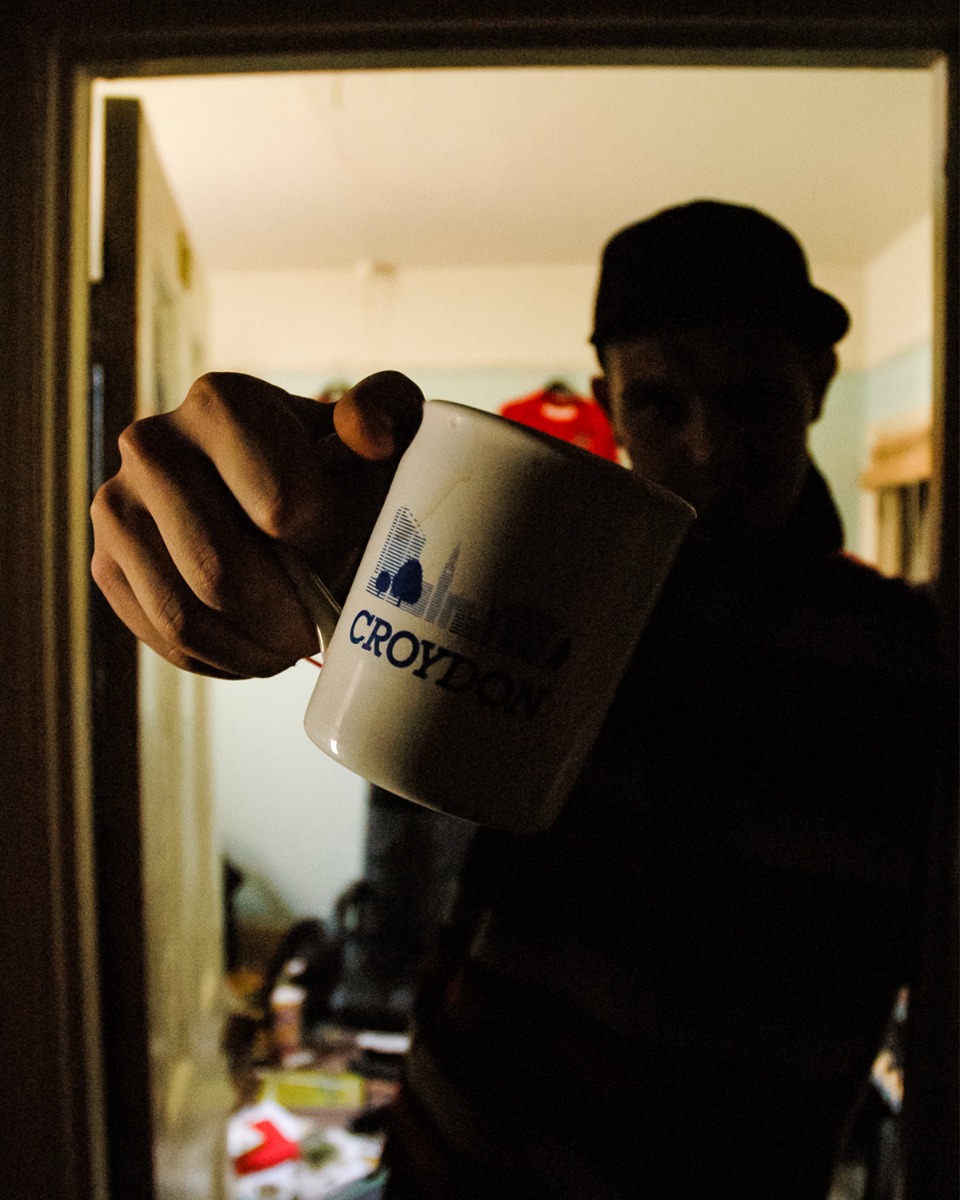A crew of producers hailing from Croydon in South London pursued the darkness heard in UKG’s subgenre, two-step, with heavy influence from reggae dub. 2001 saw the emergence of a darker and stripped-down sound that was recognised and protected by its community, particularly the clubnight FWD>> and record label Tempa. The core values of dubstep are deeply rooted in a family-like community, similar to the recognition and protection felt for the Laurel Wreath. It comes from the heart and not just for (a) show.

Dubstep
Photos by Georgina Cook, courtesy of Museum of Youth Culture
Words and playlist by Ellie Rousseau
Night Tales continues with a scene which holds community at its core. Introducing Dubstep – the UK sound originating from South London in the early ‘00s.

Early dubstep was produced with a similar DIY ethos as seen in other subcultures. Skream would sneak back into his house after his parents had left for work to spend hours building tracks on his Playstation, before moving onto the pattern-based Fruity Loops program where he scarcely misregistered heavy drums over a rolling bassline. These productions sounded familiar to early grime / Eskibeat due to coming out of London on a similar timeline and software. As with all subcultures, a like-minded network formed as producers nurtured this evolving sound. Big Apple Records was instrumental to this network and was run by two producers, Hatcha and Artwork, who were seminal to the growth of dubstep due to the initial connections they were making across the scene. Intimate sessions at FWD>> would see Hatcha spinning exclusive 140bpm dubplates and white labels in a dark, cigarette hazed room. He’d often be requesting new music to play from the producers that hung out at the record shop, who are still the protagonists of the scene today. The likes of Kode9, Youngsta and Plastician would be seen amongst the small crowds at nights supporting the booth and just as eager for the tunes, eliminating the ego to throne the green room. And although they would be seen jumping out of a limousine that dropped them off outside the club, it turned out it was just cheaper than getting separate taxis… The crowd didn’t act up either; no dressing up like the Junglists or Garage Nation’s champagne sippers – it was just a dark room, hedonism and the music amongst the anti-dress code of hoodies and record label tees.

Mala and Coki, aka DMZ (Digital Mystikz), had known each other since their garage days and would come down to the shop to mix with the others whilst sharing ideas. DMZ had their first release with Big Apple Records and brought a heavy reggae influence to the genre. Mala produced emotive dub in the early hours of the night reflecting his daily grind whilst Coki exploded with shattering basslines. The unguarded collective mentality of dubstep can be seen throughout this playlist with several of the producers collaborating regularly on tracks and starting club nights together. In 2004, DMZ launched a record label and started an event a year later, with Loefah and the illustrious SGT Pokes (whose voice often guided many through the murkiest of dancefloors).

The tight circle provided a support system of producers, DJs and events that would circulate the music and spread the vibe before the internet era opened the opportunity for connections to be made through online forums, such as Dubstep Forum. Blogger and photographer Georgina Cook, AKA Drumz of the South, documented the scene from 2004-2007 as an insider at the events, studios, flats or Rinse FM using her old Nikon D600. Cameras and camera phones weren’t around as much at this time and Drumz of the South knew that this was a significant piece of UK music history worth capturing. A scene built on community, dubplates and sound systems.